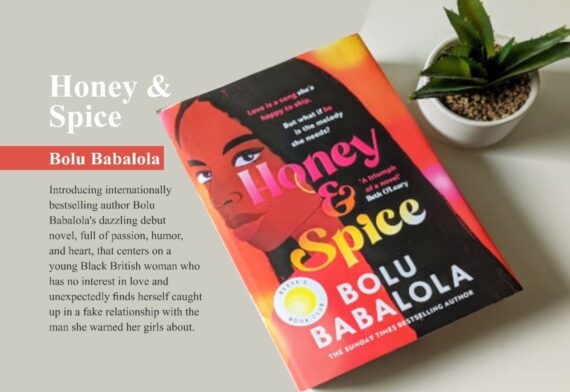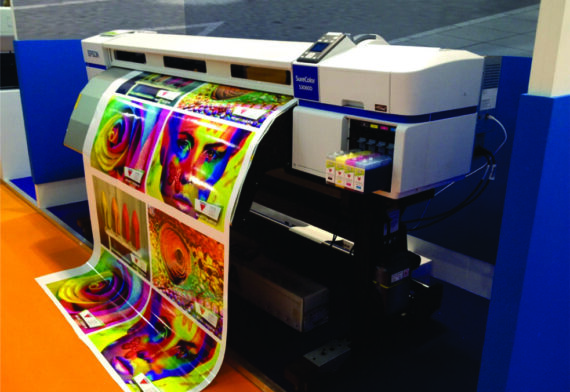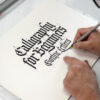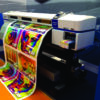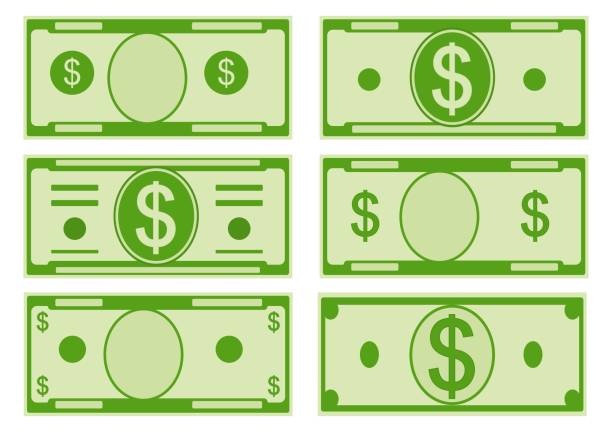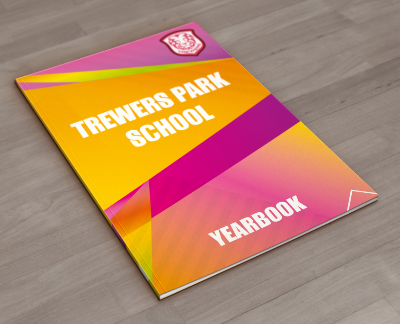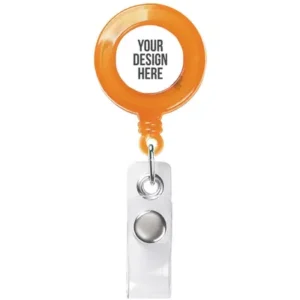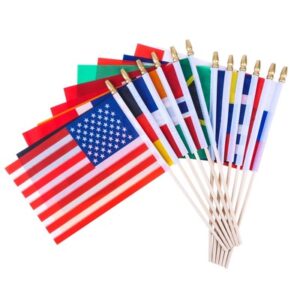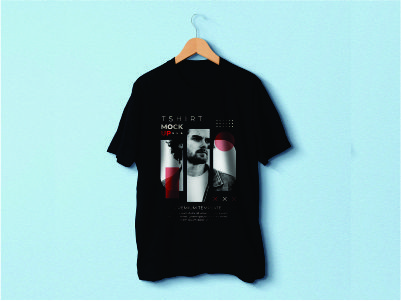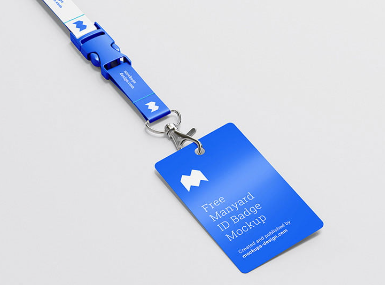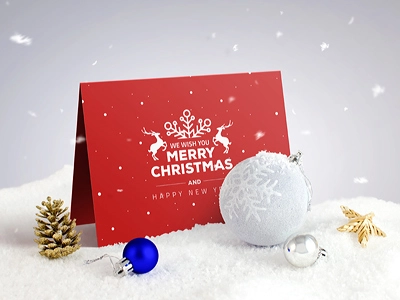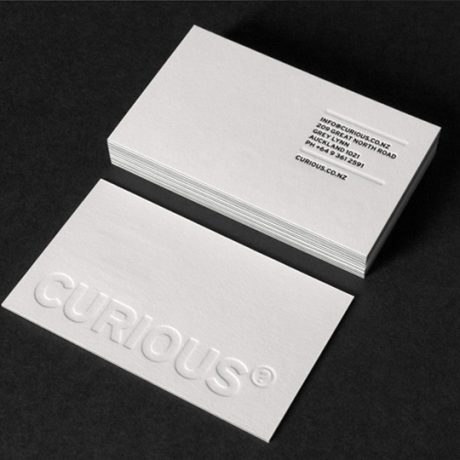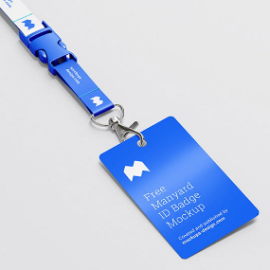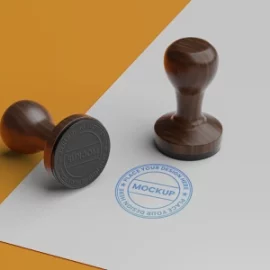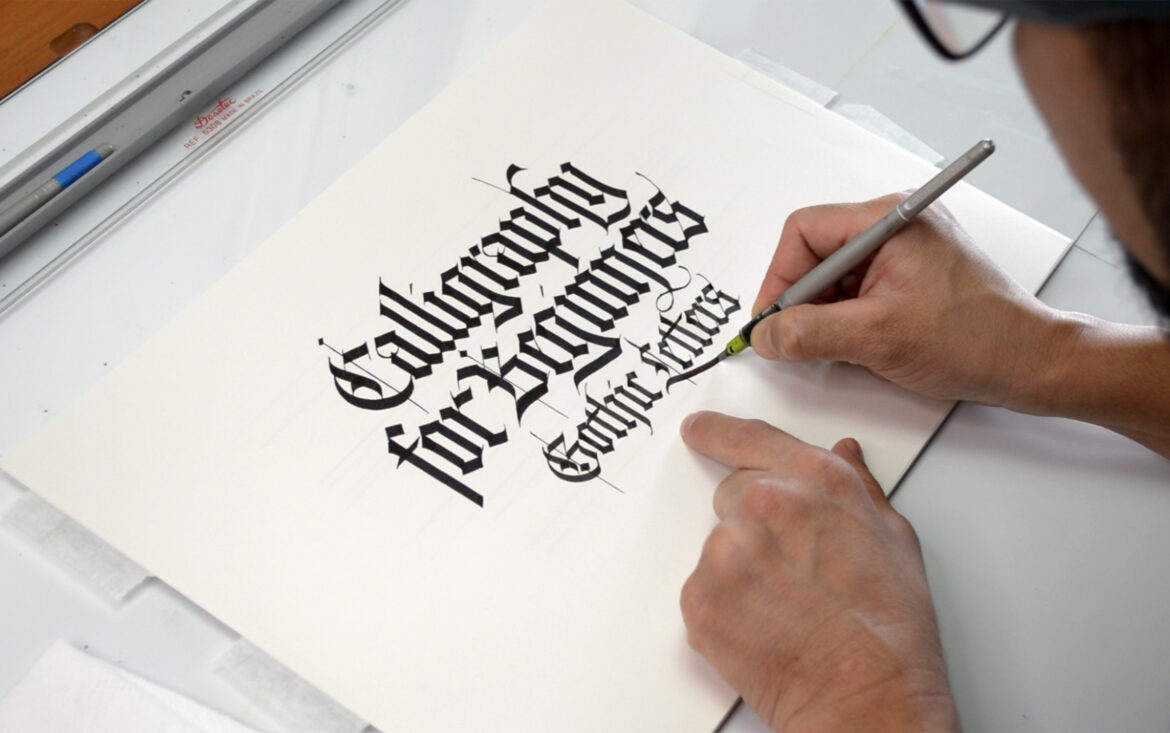
This post will teach you how to use calligraphy in your printing projects. As a leading printing company in Lagos Nigeria with many years of experienced, we’ve learned a lot about calligraphy and its uses in today’s printing industry so we want to educate our customers on different scenarios to apply this unique printing technique in their work.
Whether you want to print personalized business cards, certificates, wedding invitations, greeting cards, or photo frames, our designers and artists use calligraphy fonts and writing to match ideas into visual-impactful result.
Calligraphy, derived from the Greek words “kallos” (beauty) and “graphein” (to write), is the art of beautiful handwriting. It involves the design and execution of lettering with a broad-tipped instrument, brush, or other writing tools. Calligraphy is more than just writing; it is a form of art that conveys emotion, elegance, and individuality through the visual representation of text.
Historically, calligraphy has been used for religious manuscripts, royal decrees, and other important documents, but in today’s digital age, it has found new life and relevance in the printing industry.
History and Evolution of Calligraphy Vs. Printing Press
Calligraphy has a rich history that spans across various cultures and eras. From the intricate brushwork of Chinese calligraphy to the fluid strokes of Arabic script, each style of calligraphy reflects the cultural values and aesthetics of its origin. In Western history, calligraphy was pivotal during the medieval period when monks painstakingly crafted illuminated manuscripts, often adding elaborate decorations and gold leaf to the text.
The invention of the printing press in the 15th century by Johannes Gutenberg marked a significant shift in the production of written materials. While this innovation revolutionized the dissemination of knowledge, it also led to a decline in the need for hand-copied manuscripts. However, calligraphy continued to thrive as an art form and a means of personal expression. By the 20th century, the Arts and Crafts Movement, led by figures like William Morris, revived interest in traditional craftsmanship, including calligraphy, as a reaction against industrialization.
Despite the rise of digital technology, calligraphy has not only survived but has also flourished in the modern era. Today, it is embraced both as a traditional art form and as a contemporary design element. In the printing industry, calligraphy plays a significant role, merging the tactile beauty of hand-lettering with the precision and scalability of digital printing.
Here are some of the most common ways to implement calligraphy in your design or how to use calligraphy in your printing projects and get the best results.
How to Use Calligraphy in Printing Projects
#1. Use Calligraphy in Branding and Identity Design
One of the primary uses of calligraphy in today’s printing industry is in branding and identity design. Logos, business cards, and packaging often incorporate calligraphic elements to convey a brand’s personality and values.
Company hand-lettered logos can evoke a sense of authenticity, craftsmanship, and timelessness that resonates with consumers. For example, luxury brands might use elegant, flowing script to reflect sophistication and exclusivity, while artisanal brands might choose a more rustic, hand-drawn style to emphasize their handmade products.
In addition to logos, calligraphy fonts are also used in the design of taglines, slogans, and other brand messaging. The unique character of hand-drawn lettering can help differentiate a brand in a crowded marketplace, making it more memorable and distinctive.
Don’t Miss: Our 8 Tips Expert Print Design Guidelines
#2. Use Calligraphy in Wedding Invitations and Stationery
The wedding industry has long been a bastion for calligraphy, and its influence is particularly evident in the design and printing of wedding invitations, place cards, and other office stationery. Couples often choose calligraphy for their wedding materials to add a personal, elegant touch that reflects the significance of the occasion.
In this context, calligraphy is often combined with letterpress printing, a technique that involves pressing the inked design into the paper to create a textured, embossed effect. The tactile quality of letterpress, paired with the fluid lines of calligraphy, results in a luxurious, timeless product that is cherished by recipients.
Again, digital calligraphy has opened new possibilities for customization in wedding stationery. Designers can create bespoke calligraphic fonts or hand-lettered elements that can be easily reproduced across a range of printed materials, from invitations to menus to thank-you cards. This combination of tradition and technology allows for greater flexibility and creativity in wedding design.
3. Use Calligraphy in Advertising and Marketing Materials
In advertising and marketing, calligraphy can be used to create eye-catching headlines, posters, and promotional materials. The uniqueness of hand-lettered text helps brands stand out in a world dominated by standardized, digital fonts. Calligraphy can be particularly effective in campaigns that seek to convey a sense of luxury, artistry, or tradition.
For instance, a high-end perfume brand might use calligraphic lettering in its advertising to evoke elegance and exclusivity. Similarly, a campaign for a new artisanal food product might feature hand-drawn typography to emphasize the handmade, authentic nature of the product.
Calligraphy also plays a role in experiential marketing, where brands create immersive experiences for consumers. For example, live calligraphy demonstrations or workshops at events can engage audiences and create a memorable, hands-on interaction with the brand. These experiences can then be translated into printed materials, such as personalized name cards or custom-branded items, further reinforcing the brand’s identity.
4. Use Calligraphy in Book Design and Publishing
The book publishing industry continues to embrace calligraphy, particularly in the design of book covers and special editions. Calligraphy can be used to create striking titles and headings that draw readers in and convey the tone and style of the book. In genres such as historical fiction, fantasy, and romance, calligraphy can add an air of authenticity or whimsy that resonates with the content of the book.
In addition to book cover design, calligraphy is also used in the interior design of books, particularly in chapter headings, decorative elements, and illuminated letters. This is especially true in collector’s editions and limited print runs, where the addition of calligraphic elements can enhance the perceived value of the book.
Furthermore, the rise of self-publishing has led to increased demand for custom book designs. Authors who want their work to stand out in the competitive marketplace often turn to calligraphy to create unique, personalized book covers and promotional materials. Digital calligraphy allows these designs to be easily scaled and reproduced, making it accessible to a wider range of authors and publishers.
You May Like: Top 10 Clothing Brand Printing Techniques
5. Use Calligraphy in Packaging Design
Packaging design is another area where calligraphy has made a significant impact. In a retail environment, where consumers are bombarded with visual stimuli, packaging that features hand-lettered elements can stand out and capture attention. Calligraphy can communicate the quality and uniqueness of a product, making it more appealing to discerning consumers.
For example, a gourmet chocolate brand might use calligraphy on its packaging to evoke a sense of luxury and craftsmanship, suggesting that the product is handmade and of the highest quality. Similarly, a natural skincare brand might use calligraphic elements to convey the purity and authenticity of its ingredients.
Calligraphy is also used in limited edition or seasonal packaging, where brands seek to create a sense of exclusivity and urgency. The addition of hand-drawn lettering can make the product feel more special and unique, encouraging consumers to make a purchase.
6. Use Calligraphy in Corporate Communication
In corporate communication, calligraphy is often used to add a personal touch to official documents, awards certificates, and recognition materials. For example, certificates of achievement, employee awards, and thank-you notes can be elevated with calligraphic lettering, making the recipient feel valued and appreciated.
Calligraphy is also used in the design of corporate invitations, holiday cards, and event materials. A hand-lettered invitation to a corporate event or gala can set the tone for the occasion, conveying elegance and formality. In this context, calligraphy is often combined with other high-end printing techniques, such as embossing, foiling, or engraving, to create a truly luxurious product.
7. Use Calligraphy in Art Prints and Home Décor
Beyond traditional print applications, calligraphy has found a place in the world of art prints and home décor. Hand-lettered quotes, poems, and inspirational messages are popular in both digital and physical prints, often framed and displayed as wall art. These pieces are valued not only for the content of the text but also for the beauty of the lettering itself.
In this context, calligraphy is more than just a decorative element; it is the focal point of the artwork. The expressive nature of calligraphy allows artists to convey emotion and personality through the strokes of the pen, making each piece unique and meaningful.
Calligraphy is also used in the creation of custom home décor items, such as personalized signs, wall hangings, and tableware. These items are often handcrafted, adding a sense of individuality and craftsmanship that resonates with consumers seeking unique, personalized products.
Related: How to Become A Graphic Designer In 5 Easy Steps
The Role of Technology in Modern Calligraphy
While traditional calligraphy relies on hand-crafted techniques, modern technology has expanded the possibilities for calligraphers and designers alike. Digital tools and design software like our Web-to-Print Solution allow for the creation of custom calligraphic fonts and hand-lettered designs that can be easily scaled, edited, and reproduced.
Programs like Canva, Adobe Illustrator, and Procreate have become essential tools for modern calligraphers, enabling them to create vector-based designs that can be applied across a range of mediums. These digital designs can be printed on various substrates, from paper and fabric to wood and metal, allowing for greater versatility in the application of calligraphic elements.
Moreover, digital calligraphy allows for greater efficiency and consistency in production. Once a design is created, it can be replicated across multiple products or platforms without losing quality. This is particularly beneficial for large-scale projects, such as corporate branding or product packaging, where uniformity is key.
However, despite the advantages of digital tools, there remains a strong appreciation for traditional hand-lettered calligraphy. Many designers and consumers value the imperfections and nuances that come with hand-crafted calligraphy work, seeing it as a reflection of the artist’s skill and personality. As a result, there is often a balance between digital and traditional techniques in the modern printing industry, with each approach offering its own unique benefits.
Don’t Miss: 10 Graphic Design Software for Mobile Phones & PCs
The Future of Calligraphy in the Printing Industry
As the printing industry continues to evolve, the role of calligraphy is likely to grow and adapt to new trends and technologies. The resurgence of interest in handcrafted, artisanal products suggests that calligraphy will remain a valuable tool for brands and designers seeking to connect with consumers on a more personal and emotional level.
In addition, the increasing demand for customization and personalization in print products presents new opportunities for calligraphers. Whether it’s creating bespoke wedding invitations, personalized corporate gifts, or custom art prints, calligraphy offers a way to add a unique, personal touch that resonates with today’s consumers.
Furthermore, the advancements in digital printing technology are likely to make high-quality calligraphic designs more accessible to a wider audience. As printing techniques continue to improve, the ability to replicate the intricacies and textures of hand-lettered calligraphy in a digital format will enhance the appeal of calligraphic elements in a range of print applications.
As a print service company, we understand that calligraphy will continue to play a significant and evolving role in the printing industry. Its ability to convey elegance, individuality, and craftsmanship makes it a valuable tool for branding, marketing, and design. As technology advances and consumer preferences shift, calligraphy is likely to remain a relevant and influential art form, bridging the gap between tradition and modernity in the world of print and craft.




